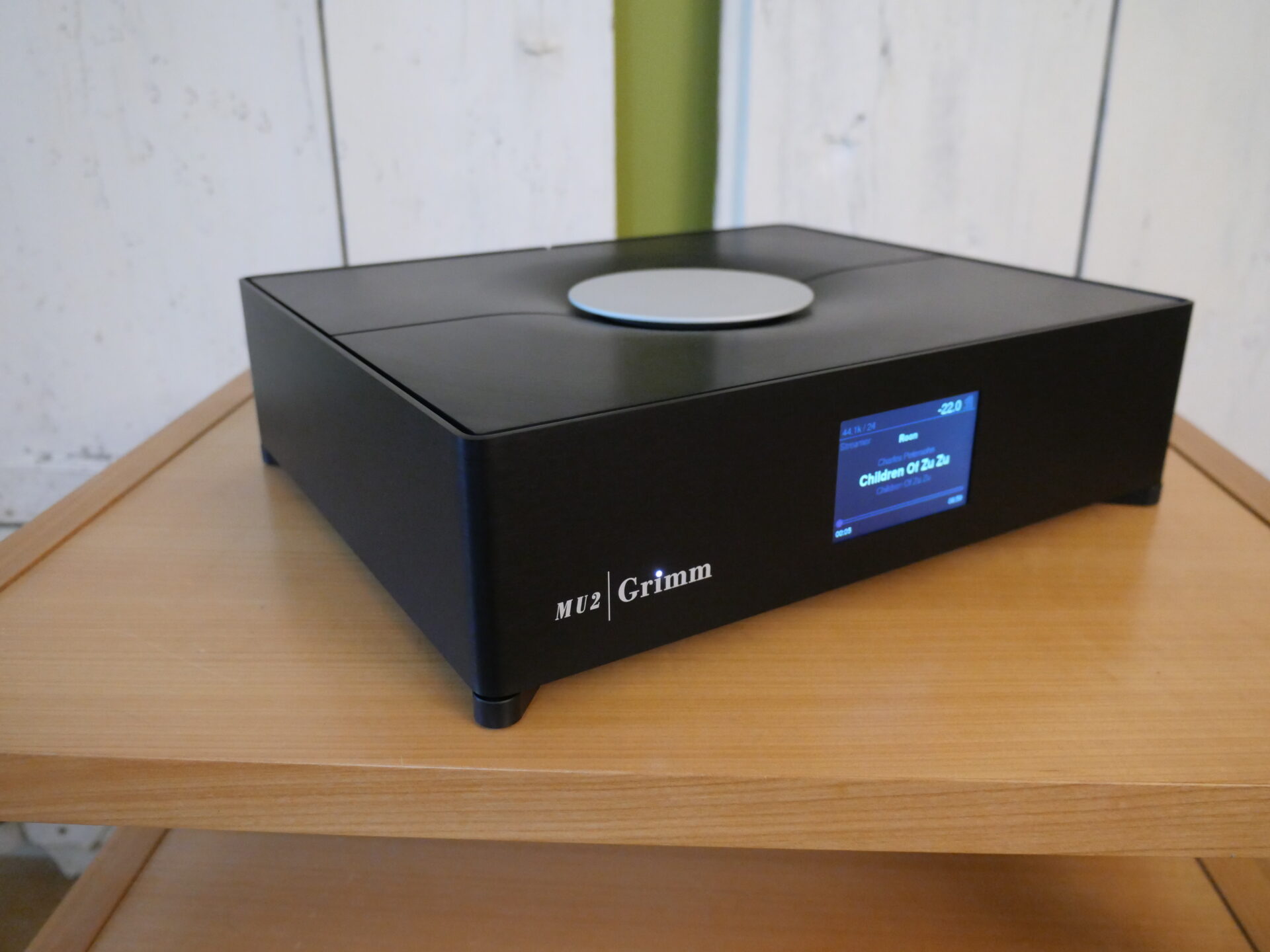It’s all too familiar – except that I ultimately discovered (after direct requests for information regarding the nature of the output topology went unanswered) that there is an output buffer combined with but following the MU2’s volume control – even if it doesn’t sound like it. Ironically, its performance almost perfectly mirrors the damage that passive controls can do in serious high-end systems. Does that eliminate the MU2 from serious consideration? If you want it to act as the pre-amp in a top-flight analogue set-up, yes it does. But that simply reflects that top-flight analogue replay chains demand a dedicated line-stage and one that’s likely to cost a whole lot more than the MU2. If, on the other hand, you want to retain a vinyl replay capability in a system that’s going to be used predominantly for digital replay, you’ll probably find the Grimm solution perfectly acceptable. It’s a case of understanding what the MU2 can do and what it can’t, what it offers and what it’s unreasonable to expect. Those serious line-stages that cost more than the MU2 achieve just one thing. The Grimm is an audio Swiss army knife. It’s versatile, it’s surprisingly capable: just don’t expect to eat with it in a Michelin 3-star restaurant.
Carefully matched, the Grimm MU2 succeeds in actually approaching the ‘digital control’ promise. For those who want to avoid the cost and complication involved in using a line-stage (and, to the not inconsiderable price of purchase, you can add the cost of additional interconnects, a power cord and a rack level – things that don’t come cheap) this might just be the most affordable option that will actually deliver. Along the way it eliminates the need for a separate, external server too, making it a true all-in-one solution. It’s failings – low-frequency control, temporal authority and the transparency and spatial coherence that goes with it, textural resolution and focus – are most apparent in comparison to far more expensive and really wide-bandwidth systems. Where it errs, it is towards warmth and musical flow – which is definitely preferable to the alternative!

The very premise of this review does place the Grimm MU2 at an apparent disadvantage – necessarily comparing it to higher-priced and (presumably) more capable alternatives. But the proof of this pudding comes in the shape of more affordable systems that still offer full functionality – hopefully combined with superior pound-for-pound sound. That’s something to keep in mind… Those big, complex system might outperform a digital control solution, but they do so at a price. In more modest (and more financially realistic) surroundings, the MU2’s strengths can outweigh its weaknesses – and trump those components that attempt to eliminate them. In the context of speakers up to and including the Stenheim Alumine 5-SE and paired with a suitable power amp, it’s easy to see the appeal and why a listener might choose this path. That listener isn’t me, but that doesn’t mean it isn’t you. Besides which, as I pointed out earlier, there’s always the scope to add a proper line-stage later, as space, funds or opportunity allows.

